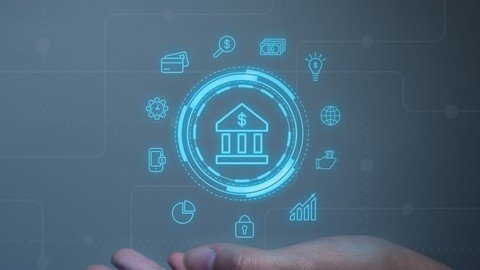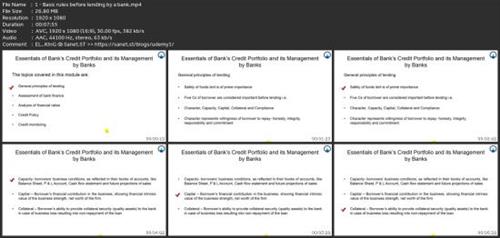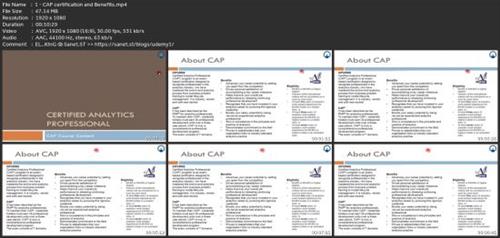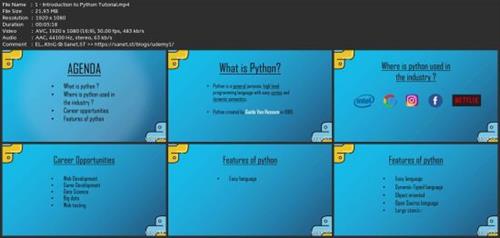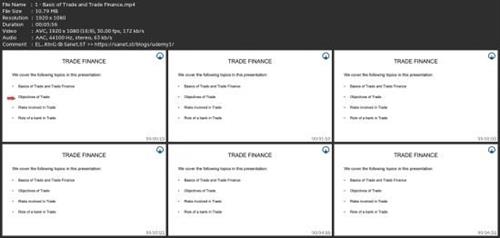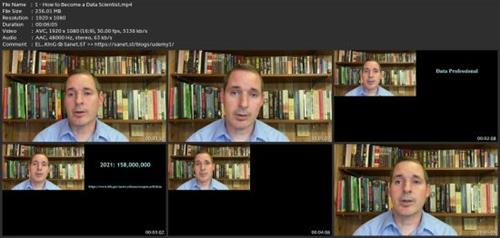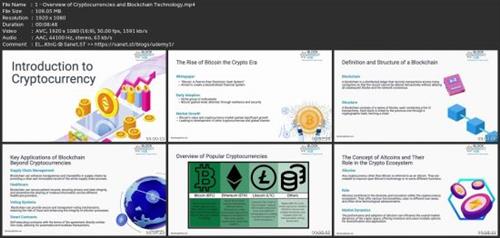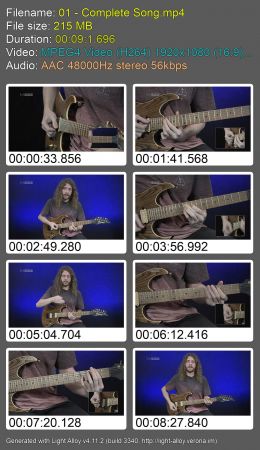5 Bedroom Duplex Very Essential Course Basic To Advance.
Published 9/2024
MP4 | Video: h264, 1920x1080 | Audio: AAC, 44.1 KHz
Language: English | Size: 3.70 GB | Duration: 3h 24m
Complete 3D 5 bedroom duplex course from basic to advance level Using Sketchup Pro, (Recommended)
What you'll learn
My students will be learning duplex design
Learning from basic to advance level
My students will be able to navigate through with the tools
Understanding and doing it by them selves
Requirements
Most have a computer, laptop or desktop
Install the SketchUp software
Make sure noting distract you when taking this course
Description
Description: 5-Bedroom Duplex Design Course Using SketchUp Pro (Basic to Advanced)This **5-Bedroom Duplex Design Course** is a comprehensive guide tailored for architects, designers, and DIY enthusiasts looking to master **SketchUp Pro** for creating functional and aesthetically appealing duplex designs. The course covers everything from the basics of 3D modeling to advanced techniques for rendering and presenting architectural plans. Course Overview:**1. Introduction to SketchUp Pro (Basics)** - **Overview of the Interface**: Familiarize yourself with the SketchUp workspace, toolbars, and key shortcuts. - **Navigating the 3D Space**: Learn how to pan, zoom, orbit, and navigate efficiently within the 3D environment. - **Basic Drawing Tools**: Master essential tools like lines, rectangles, circles, and arcs to create walls, doors, and windows. - **Measurement and Scaling**: Understand the importance of precise measurements in architectural design and how to apply scaling.**2. Creating the Foundation and Ground Floor Plan** - **Site Layout and Foundation Design**: Learn how to draw and model the foundation slab, considering space planning. - **Wall and Partition Design**: Set up internal and external walls for both floors, ensuring proper alignment and dimension. - **Door and Window Placement**: Insert appropriate door and window models, customizing sizes to suit design needs.**3. Modeling the First Floor (5-Bedroom Layout)** - **Designing Bedroom Spaces**: Design each bedroom with considerations for size, placement, and flow. - **Staircase Design**: Model a functional and aesthetically pleasing staircase connecting the duplex's floors. - **Adding Bathrooms**: Incorporate bathrooms into bedrooms or shared areas, planning for plumbing and privacy. - **Living Spaces**: Model a spacious living area with open-plan considerations and natural light management.**4. Adding Roofing and Exterior Detailing** - **Roof Design**: Learn to create different roof styles (gable, hip, etc.) and add overhangs, gutters, and skylights. - **Exterior Finishing**: Add textures and materials to the building's fa?ade, like brick, wood, or stucco. - **Landscaping**: Model outdoor elements like gardens, driveways, and patios to enhance the duplex's exterior.**5. Advanced SketchUp Pro Techniques** - **Groupings and Components**: Save time and improve organization by using groups and components for doors, windows, and furniture. - **Dynamic Components**: Learn how to create parametric objects that adjust size and properties dynamically. - **Advanced Modeling Techniques**: Explore complex geometric shapes, customized staircases, and facade features.**6. Rendering and Presentation (V-Ray Integration)** - **Lighting and Shadows**: Enhance the realism of your design by adjusting lighting, shadows, and textures. - **Camera Setup and Animation**: Learn how to position cameras and create walkthrough animations for client presentations. - **Rendering with V-Ray**: Apply high-quality renders to your design to showcase it professionally with photorealistic details.**7. Final Project: Complete a 5-Bedroom Duplex Design** - Apply everything you've learned by designing your own 5-bedroom duplex from scratch. This final project will challenge your creativity and skills, culminating in a fully detailed 3D model.By the end of this course, participants will be proficient in **SketchUp Pro**, able to create detailed 5-bedroom duplex designs with full interiors, exteriors, and landscaping. Whether you're designing for clients or your own projects, this course provides the skills to take your architectural design to the next level.
Overview
Section 1: Introduction
Lecture 1 Course introduction
Lecture 2 Course preview
Lecture 3 What you can design with SketchUp pro software
Lecture 4 Tools introduction
Section 2: Getting Started the full lectures
Lecture 5 Reading The Plan And Starting The Modeling
Lecture 6 Creating the Upper floor
Lecture 7 Lecture 101
Lecture 8 Lecture 102
Lecture 9 Lecture 103
Lecture 10 Lecture 104
Lecture 11 Lecture 105
Lecture 12 Lecture 106
Section 3: Getting The Modeling ready and rendering using vray for SketchUp
Lecture 13 Lecture 201
Lecture 14 Lecture 202
Lecture 15 Lecture 203
Lecture 16 Lecture 204
Lecture 17 Lecture 205
Lecture 18 Lecture 206
Lecture 19 Final lecture with rendering
This course is for everyone,Also building engineers designers
Screenshots
rapidgator.net:
[Only registered and activated users can see links. ]
[Only registered and activated users can see links. ]
[Only registered and activated users can see links. ]
[Only registered and activated users can see links. ]
ddownload.com:
[Only registered and activated users can see links. ]
[Only registered and activated users can see links. ]
[Only registered and activated users can see links. ]
[Only registered and activated users can see links. ]

 Our Live Cams
Our Live Cams





 Reply With Quote
Reply With Quote



